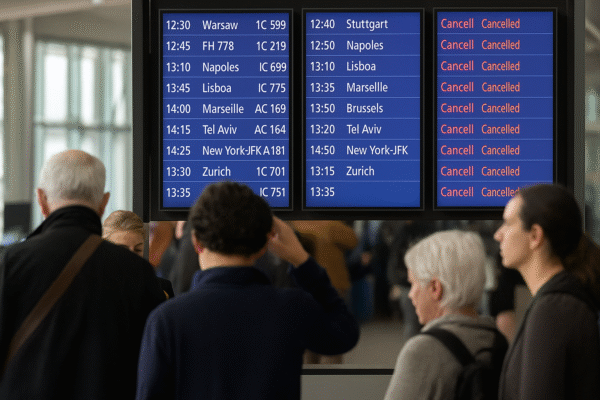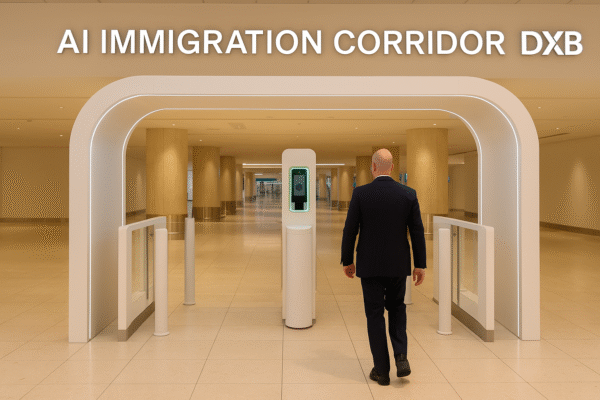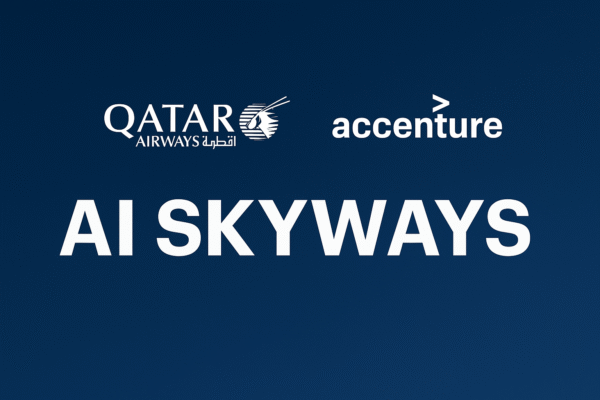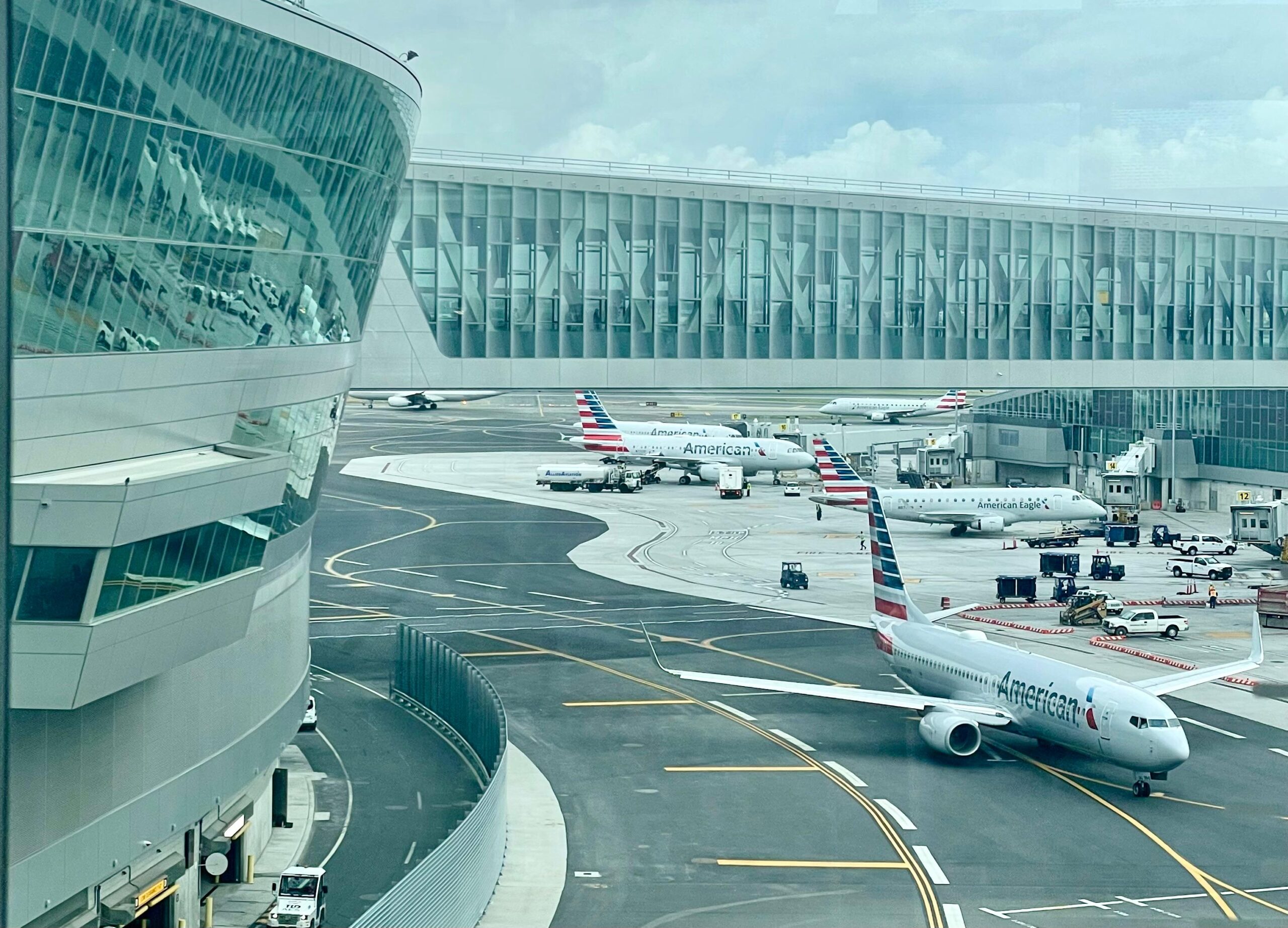An American Airlines flight en route from San Juan, Puerto Rico, to Dallas, Texas, was forced to make an urgent return to its departure airport after a passenger misinterpreted a fellow traveler’s text message as a possible threat. The incident, which unfolded shortly after takeoff on July 5, 2025, led to the emergency landing of Flight 1847 and temporarily grounded all 193 passengers.
This event has ignited conversations about in-flight safety, digital privacy, and the delicate balance between caution and overreaction in today’s high-alert aviation environment.
A Routine American Airlines Flight Turns into a Mid-Air Emergency
Flight 1847 had barely begun its journey when a woman noticed a fellow passenger’s phone screen and spotted the acronym “R.I.P.” in a message. Though typically used as a common expression of condolence—“Rest in Peace”—the woman assumed it could indicate a threat, especially given the tense nature of enclosed airspace.
Fearing the worst, she immediately alerted the cabin crew. Following strict aviation safety protocols, the flight crew declared a “Level Three” emergency—an industry classification indicating a possible threat to onboard safety—and the pilot made the decision to return to San Juan Luis Muñoz Marín International Airport within minutes of departure.
Emergency Response and Passenger Disembarkation in San Juan
Upon landing safely back in San Juan, the American Airlines aircraft was met by local law enforcement and emergency response units. All passengers were disembarked and escorted through security for safety checks. The traveler who had received the message was quickly identified and interviewed by officials from the Puerto Rico Office of Explosives and Public Safety.
It was soon clarified that the “R.I.P.” message had been sent by a relative in response to the recent death of a family member. The individual was flying back to Dallas early to attend the funeral. After verifying the content and source of the message, authorities confirmed that no threat was present, and no further action was needed.
The same aircraft was cleared to resume service and successfully departed later in the afternoon, arriving in Dallas with a significant delay but no further incident.
Public Backlash and Passenger Reactions
Although the incident ended safely, it sparked intense backlash both onboard and across social media platforms. Passengers voiced frustration over the delay, while many questioned whether the situation warranted a full-scale emergency response.
Critics targeted the woman who raised the alarm, accusing her of overreacting to a message that could have been easily explained. Some called for financial accountability, suggesting she should bear the cost of the diversion, which is estimated to have run into tens of thousands of dollars.
Others defended her actions, noting that in-flight situations demand immediate action and that passengers are routinely told to report anything suspicious.
Balancing Vigilance and Common Sense in Aviation
This incident exposes a growing challenge for airlines: how to maintain strict safety procedures without fueling unnecessary panic. While crew members followed established safety protocols, some industry observers believe the situation could have been de-escalated through a more nuanced approach before opting for a full emergency return.
Experts in aviation psychology suggest that hyper-awareness, amplified by modern media and post-pandemic travel anxiety, can make passengers more prone to misjudging innocuous behavior as potential threats.
Flight security consultants also noted that airlines may need to enhance crew training on assessing digital communications and managing passenger misunderstandings more effectively, especially when private content becomes unintentionally visible.
Digital Misunderstandings and Privacy Concerns
The event has reignited debates about privacy on flights and the implications of viewing others’ personal messages. In today’s digital age, where messages of sympathy, grief, or even humor can be easily misconstrued, the line between personal space and public safety becomes increasingly blurred.
Social analysts argue that this incident serves as a cautionary tale about the risks of quick judgment, especially in shared, high-pressure spaces like aircraft cabins. It raises an important question: when does caution cross into overreaction?
Airlines Reiterate Commitment to Safety First
In a statement, American Airlines reaffirmed that the safety of passengers and crew is always the top priority. While the airline acknowledged the disruption caused by the diversion, it supported the crew’s decision to err on the side of caution.
The airline also indicated it would be reviewing the incident in cooperation with aviation safety authorities to determine whether procedural improvements could help avoid similar events in the future.
Lessons Learned for Passengers and Crew Alike
While the incident ultimately resulted in no harm, it has become a powerful example of how minor misunderstandings can lead to major consequences. It emphasizes the need for clear communication, empathy, and restraint in high-stakes situations.
For passengers, the message is to remain alert but not alarmist. For airlines, it’s a reminder to train crews to balance rapid response with calm assessment. And for all travelers, the importance of respecting digital privacy—and refraining from jumping to conclusions—has never been more relevant.
Final Thought: A Safe Return Amid an Unnecessary Scare
As American Airlines Flight 1847 eventually reached Dallas hours behind schedule, the story became more than just a delayed flight. It offered a glimpse into the complexities of modern travel—where technology, fear, and human error can collide mid-air.
In an industry where safety must always come first, this incident will undoubtedly be studied as airlines continue to improve their response systems and passengers rethink what it means to “see something and say something.”
For more travel news like this, keep reading Global Travel Wire
















